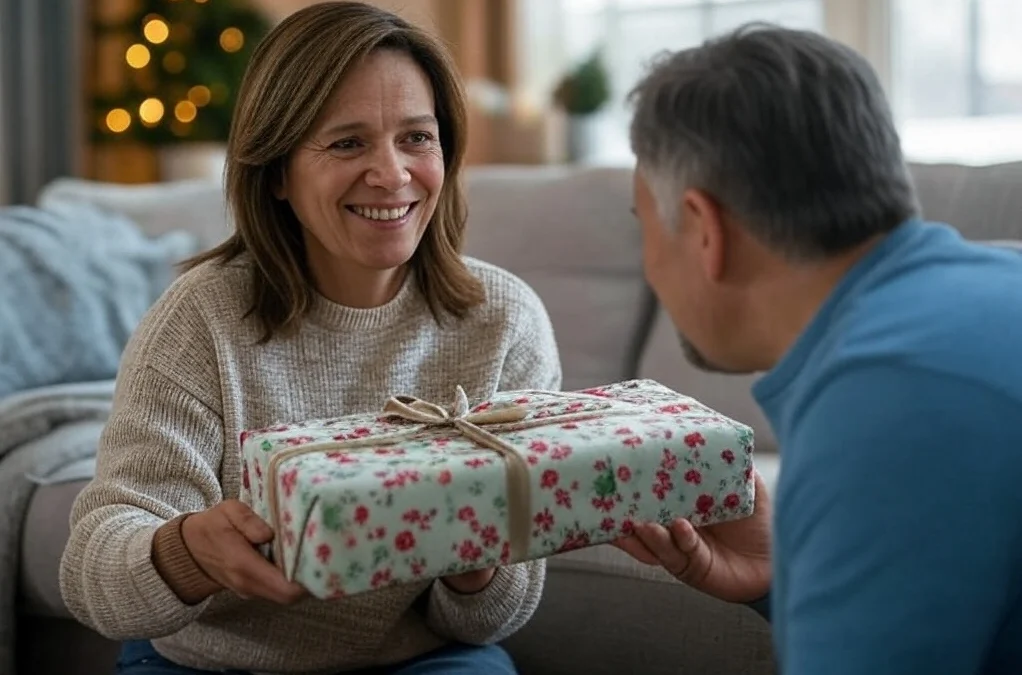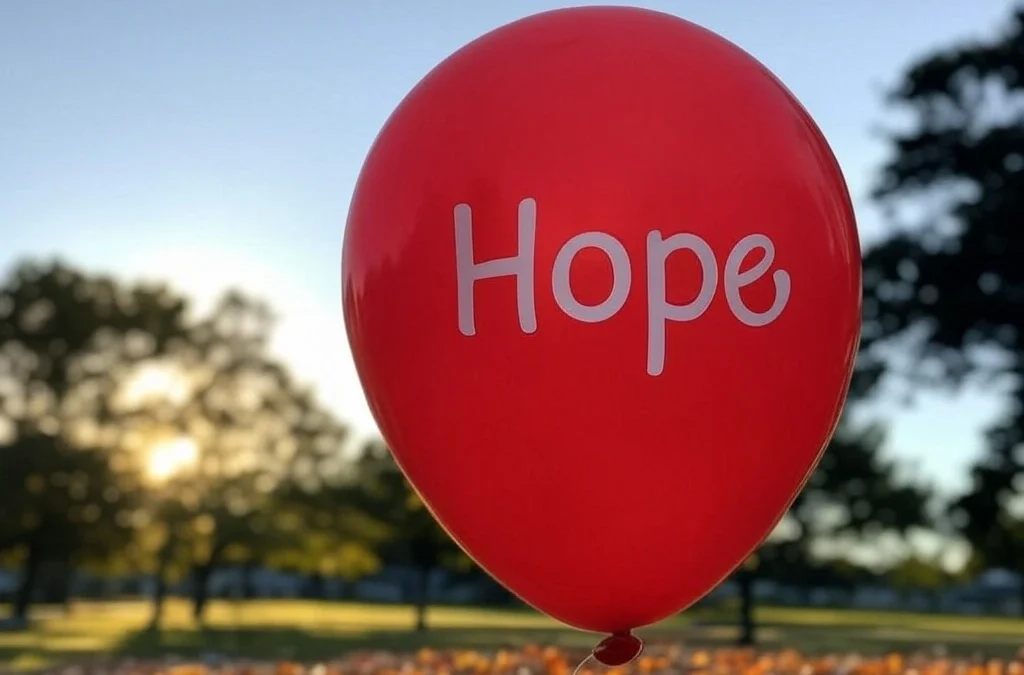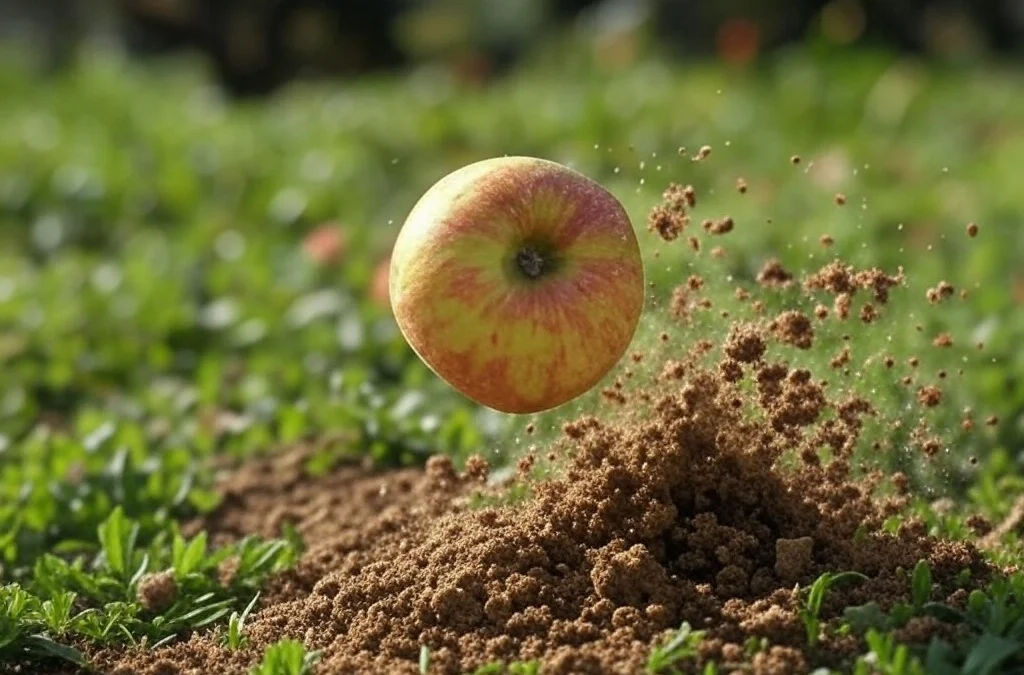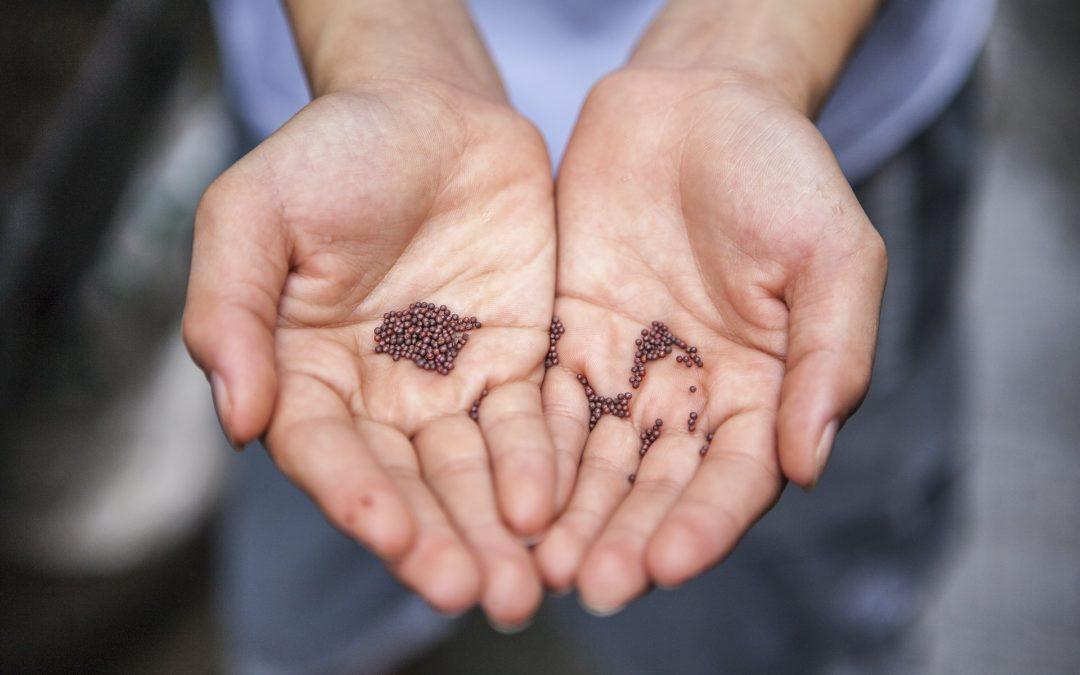Local seed exchanges are a vital component of the sustainable agriculture movement. These exchanges provide a platform for farmers, gardeners, and other enthusiasts to trade and share seeds that are regionally adapted and diverse. Local seed exchanges promote the preservation of traditional and heirloom seed varieties that are often overlooked by the commercial seed industry.
By participating in local seed exchanges, individuals can take control of their food systems and promote biodiversity in their local ecosystems. These exchanges encourage the use of sustainable and organic farming practices and reduce the dependence on genetically modified crops and chemical fertilizers.
This article will explore the benefits of local seed exchanges, including the preservation of regional biodiversity, the promotion of sustainable agriculture, and the empowerment of communities to take control of their food systems. We will also examine the challenges that local seed exchanges face, such as regulatory hurdles and the need for ongoing education and outreach. Finally, we will showcase several successful local seed exchange initiatives from around the world, and provide practical tips for starting and maintaining a local seed exchange in your own community.
Understanding Local Seed Exchange
Local seed exchange is a practice that involves the sharing, trading, or selling of locally saved seeds within a community or region. It is a form of traditional knowledge that has been passed down for generations, and it plays a critical role in the preservation of crop diversity, food security, and cultural heritage.
The history of local seed exchange can be traced back to ancient times when farmers and gardeners saved and exchanged seeds to ensure a diverse and reliable food supply. Over time, this practice evolved into a sophisticated system of seed selection, breeding, and exchange, which played a significant role in the development of agriculture and civilization.
In recent years, local seed exchange has experienced a resurgence in popularity as people become more aware of the benefits of locally adapted seeds and the importance of preserving biodiversity. Local seed exchanges can take many forms, including seed libraries, seed swaps, seed banks, and community seed networks.
Seed libraries are typically community-based initiatives that provide a space for people to borrow and donate seeds, often in exchange for a small fee or volunteer time. Seed swaps, on the other hand, are events where people come together to trade seeds, share knowledge and expertise, and connect with other gardeners and farmers in their area.
Seed banks and community seed networks are more formalized structures that aim to preserve and distribute locally adapted seeds, often with a focus on endangered or rare varieties. Seed banks typically store seeds in temperature-controlled environments to ensure their long-term viability, while community seed networks may involve seed-saving workshops, seed exchanges, and seed distribution programs.
In conclusion, local seed exchange is a critical component of sustainable agriculture and community resilience. By preserving and sharing locally adapted seeds, we can ensure the resilience of our food systems, promote biodiversity, and maintain the cultural heritage of our communities.
How Local Seed Exchange Works
Local seed exchanges are a great way for farmers and gardeners to share their seeds and knowledge with others in their community. These exchanges are a way to promote biodiversity and preserve traditional plant varieties that may not be available in stores or through commercial seed suppliers.
So, how does a local seed exchange work? First, farmers and gardeners gather together in a common location, such as a community center or farmer’s market. Each participant brings their own seeds to exchange with others. It’s important to bring seeds that are locally adapted and non-hybrid, so that the plants will be better suited to the area’s climate and soil.
At the exchange, participants can browse the seeds that others have brought and choose the ones that they want to take home. Some exchanges may also include workshops or demonstrations on seed saving and gardening techniques, to help participants learn more about how to grow and save their own seeds.
There are many benefits to participating in a local seed exchange. For farmers and gardeners, it’s a great way to expand their seed collection without having to spend money on new seeds. It also allows them to connect with others who share their passion for gardening and plant diversity. By exchanging seeds, they can also help to preserve traditional plant varieties that may not be available elsewhere.
For the community as a whole, local seed exchanges promote biodiversity and help to preserve local plant varieties. They also support local food systems by promoting the use of locally adapted seeds and reducing reliance on commercial seed suppliers. And, by bringing people together to share their knowledge and expertise, local seed exchanges help to build stronger and more resilient communities.
In summary, local seed exchanges are a great way for farmers, gardeners, and communities to come together to share seeds, knowledge, and resources. By promoting biodiversity and preserving traditional plant varieties, they play an important role in building more sustainable and resilient food systems.
Setting Up a Local Seed Exchange
Local seed exchanges provide a great opportunity for community members to share and trade their homegrown seeds, which can help to preserve and diversify local plant varieties. If you’re interested in setting up a local seed exchange, here are some important steps to follow:
Identifying Potential Partners and Participants:
To make your seed exchange successful, it’s important to identify potential partners and participants in your community. Start by reaching out to local garden clubs, farmers’ markets, and other agricultural organizations to gauge interest and gather support. You can also advertise your event on social media or through local newspapers and community calendars.
Organizing a Local Seed Exchange Event:
Once you’ve identified potential partners and participants, it’s time to organize your event. Choose a central location, such as a community center or park, and set a date and time that works for everyone. You can also create a Facebook event or other online group to help spread the word and coordinate logistics.
On the day of the event, set up tables and signs to guide participants to different seed categories (e.g. vegetables, herbs, flowers, etc.) and provide small envelopes or bags for them to take their seeds home in. You may also want to offer educational resources, such as seed saving tips or information on local plant varieties.
Resources Needed for a Successful Local Seed Exchange:
A successful seed exchange requires some planning and resources. Here are some key things you’ll need to consider:
-
Venue: Choose a central location with enough space to accommodate participants and their seeds.
-
Promotion: Advertise your event on social media, local newspapers, and community calendars.
-
Supplies: Provide tables, signs, envelopes or bags for seeds, and educational resources.
-
Volunteers: Enlist volunteers to help with setup, organizing the seed tables, and providing information to participants.
-
Follow-up: After the event, consider following up with participants to gather feedback and gauge interest in future seed exchanges.
With careful planning and organization, a local seed exchange can be a fun and rewarding event that brings community members together and helps to preserve local plant varieties.
Examples of Successful Local Seed Exchanges
Local seed exchanges have been gaining popularity in recent years as a means of preserving traditional plant varieties and promoting community resilience. Here are a few examples of successful local seed exchanges that have been able to achieve these goals:
1. Seed Savers Exchange (Decorah, Iowa, USA) Seed Savers Exchange is a non-profit organization that was established in 1975 with the goal of preserving heirloom plant varieties. It has a seed bank that houses over 20,000 varieties of seeds and actively promotes the exchange of seeds among its members. The organization also conducts research and education programs to promote sustainable agriculture practices. One lesson that can be learned from Seed Savers Exchange is the importance of creating a strong network of like-minded individuals who share a passion for preserving traditional plant varieties.
2. Native Seeds/SEARCH (Tucson, Arizona, USA) Native Seeds/SEARCH was established in 1983 with the goal of preserving traditional crop varieties of the American Southwest and Mexico. The organization collects, conserves, and distributes seeds of over 1,900 varieties of crops, including beans, corn, and chiles. It also conducts education and outreach programs to promote sustainable agriculture practices and support local farmers. One lesson that can be learned from Native Seeds/SEARCH is the importance of engaging with local communities and collaborating with them to preserve traditional plant varieties.
3. Kew Gardens Millennium Seed Bank (West Sussex, UK) Kew Gardens Millennium Seed Bank was established in 2000 with the goal of conserving the world’s plant species by collecting, storing, and researching seeds. The organization has partnerships with over 100 countries and has collected seeds from over 13% of the world’s wild plant species (estimated collection of over 40,000 different plant species). It also conducts research and education programs to promote plant conservation and sustainable agriculture practices. One lesson that can be learned from Kew Gardens Millennium Seed Bank is the importance of collaboration between different organizations and countries to achieve common conservation goals.
These examples of successful local seed exchanges demonstrate the importance of preserving traditional plant varieties and promoting sustainable agriculture practices. They also show the benefits of creating strong networks and collaborating with local communities and other organizations to achieve common goals.
Challenges and Solutions
Local seed exchanges are an essential part of maintaining biodiversity and promoting sustainable agriculture. However, there are some common challenges that these exchanges often face.
One major challenge is the lack of resources, including funding, space, and personnel. Local seed exchanges are typically run by volunteers and operate on a shoestring budget, which can make it difficult to expand operations or maintain a consistent supply of seeds.
Another challenge is the legal and regulatory environment. Seed laws and regulations can be complex and vary by region, making it difficult for local seed exchanges to navigate the requirements for labeling, testing, and distribution of seeds.
Finally, local seed exchanges may struggle with public awareness and engagement. Many people may not be aware of the importance of preserving seed diversity, or may not know how to participate in local seed exchanges.
Despite these challenges, there are several possible solutions that can help local seed exchanges overcome these obstacles. One solution is to collaborate with other organizations, such as community gardens, farmers markets, and local food co-ops, to pool resources and share expertise.
Another solution is to seek out grants and funding opportunities from government agencies or non-profit organizations. These funds can be used to support staffing, infrastructure improvements, or education and outreach programs.
To address the regulatory challenges, local seed exchanges can work with their local or regional seed networks to develop best practices for compliance and to advocate for changes to seed laws that support the preservation of seed diversity.
Finally, local seed exchanges can engage with the public through social media, workshops, and events. By educating the community about the importance of seed diversity and offering hands-on learning opportunities, local seed exchanges can attract new members and raise awareness about their work.
Overall, while local seed exchanges may face some significant challenges, there are many creative solutions available to help these organizations thrive and continue to promote sustainable agriculture for future generations.
The Importance of Local Seed Exchange
In conclusion, local seed exchange is a vital part of promoting biodiversity and preserving our planet’s natural resources. Through local seed exchange, farmers and gardeners can access a wider variety of seeds that are better adapted to local growing conditions, which leads to more sustainable and resilient food systems.
Moreover, seed exchanges provide an excellent opportunity for community building and knowledge sharing. It allows people to connect with one another and learn from each other’s experiences. By exchanging seeds, we can help to preserve traditional knowledge and promote cultural diversity.
For those interested in setting up a local seed exchange, it is essential to start small and focus on building a strong community. It is also important to prioritize diversity and inclusivity by involving people from different backgrounds and experiences.
It is also recommended to develop a system for seed saving and ensure that the seeds being exchanged are of high quality and free from diseases. Additionally, establishing clear guidelines and rules for participation can help ensure the success and longevity of the seed exchange.
If you are interested in setting up a local seed exchange, here are some recommendations to consider:
- Build a community: Start by reaching out to local farmers, gardeners, and seed savers to gauge interest and build a network of supporters. Consider partnering with local organizations, such as community gardens or environmental groups, to increase outreach and participation.
- Establish guidelines: Develop guidelines for seed exchange, including standards for seed quality and labeling, as well as protocols for seed cleaning and storage.
- Organize events: Plan regular seed exchange events, such as seed swaps or seedling sales, to bring the community together and facilitate seed sharing.
- Educate and raise awareness: Offer workshops and educational resources on seed saving and gardening techniques, as well as the importance of seed sovereignty and biodiversity.
By following these steps and working together, we can create a vibrant local seed exchange network that supports our local food systems and preserves our agricultural heritage for generations to come.
Overall, setting up a local seed exchange requires time, effort, and commitment. However, the benefits of promoting biodiversity, building community, and preserving traditional knowledge make it a worthy endeavor.
The Most Popular on BitGlint

40 Social Dilemma Examples in the World & Real Life
Social dilemmas are everywhere. They shape the choices we make at work, in our communities, and even on a global...

30 Favor Examples & Definition
Doing a favor means helping someone without expecting anything in return. It’s an act of kindness that can strengthen...

30 Naivety Examples & Definition
Naivety is something most people experience at some point in their lives. It often starts in childhood, but for some,...

20 Chronology Examples & Meaning
Chronology is something we use more than we realize. It shows up in conversations, in how we remember the past, and in...

30 Wishful Thinking Examples & Meaning
Wishful thinking is something we all do at some point. You hope things will turn out fine—even if there’s no real...

20 Examples of Gravity & What Gravity Really Is
Gravity is one of the most important forces in the universe, but many people don’t fully understand what it really is...

20 Examples of Secondary Consumers in the Food Chain
Secondary consumers are animals that eat other animals—usually herbivores that feed on plants. They’re an important...
Get Inspired with BitGlint

